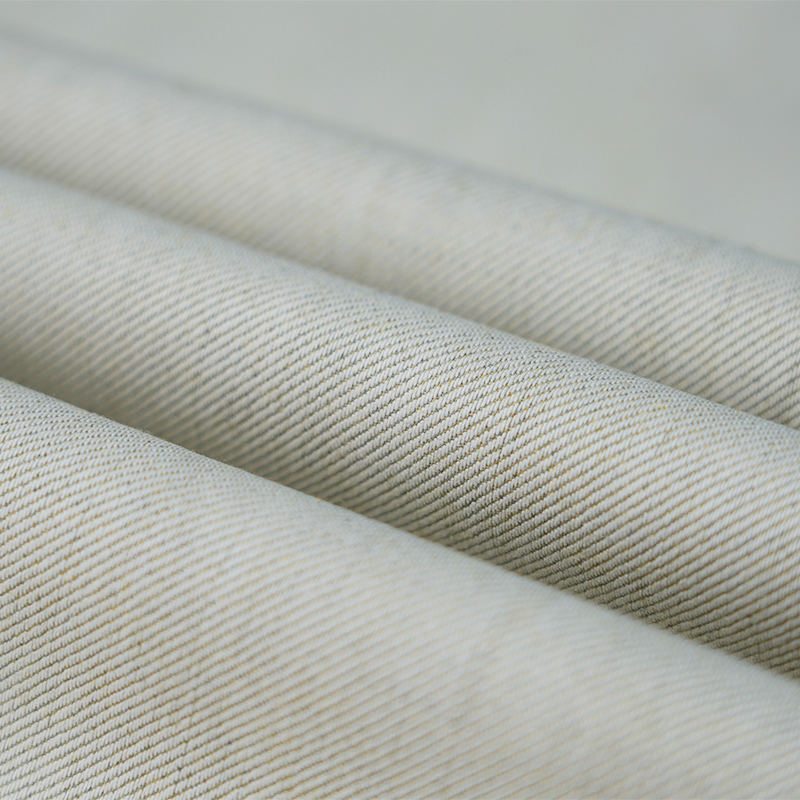Recently, the State Administration for Market Regulation (SAC) approved and issued 46 mandatory national standards for personal protective equipment (also known as labor protection equipment), under the purview of the Ministry of Emergency Management. These standards cover eight key areas of protection: eye and face, head, hearing, respiratory, clothing, hands, feet, and fall protection. A 12-month transition period has been set. Upon official implementation, mandatory standards will account for nearly 90% of the total number of personal protective equipment standards. These standards will play a vital technical role in strengthening production safety and emergency management, promoting a proactive prevention-based production safety governance model, protecting the health and safety of workers, and curbing the occurrence of workplace accidents.
This revision of standards adheres to the principle of strengthening production safety standards as much as possible, further improving the personal protective equipment standard system, which is primarily based on mandatory standards. In terms of equipment standards, four mandatory national standards, including "Specifications for the Equipment of Personal Protective Equipment Part 10: Machinery," are key core standards supporting high-quality economic development. Three of these newly released equipment standards are important supplements to the GB 39800 series of national standards, "Specifications for the Equipment of Personal Protective Equipment." These standards systematically standardize the equipment principles, management processes, and scrapping and replacement requirements for personal protective equipment (PPE), targeting high-risk work environments in three major industries: machinery manufacturing, subway operations, and construction. Regarding selection and maintenance standards, eight selection, use, and maintenance standards have been upgraded from recommended to mandatory. This precisely addresses a core pain point that has long plagued the PPE sector: the failure of protective equipment due to improper selection, improper use, and inadequate maintenance. This fundamentally shifts the PPE industry from "using some" to "using it correctly and effectively," truly translating invested protective resources into tangible safety benefits. This is a key highlight of this revision. Regarding product quality and safety standards, all 34 product standards have been upgraded to mandatory national standards, further enhancing the "bottom line" role of PPE standards. For example, the safety net classification, structural design, and testing methods have been updated; protection requirements for new types of particulate matter and toxic gases have been added; and performance indicators for hand and foot protection, such as puncture resistance, corrosion resistance, and anti-static properties, have been strengthened.
The release of this batch of standards provides manufacturers with a clear basis for technical development and quality control. It also provides authoritative guidance for employers to purchase compliant protective equipment and for workers to correctly select protective equipment. Going forward, the State Administration for Market Regulation and the Ministry of Emergency Management will work with relevant departments and units to further promote the implementation of mandatory standards and strengthen supervision and inspection of the deployment and use of protective equipment at construction sites, factory workshops, and other locations, ensuring that each individual protective equipment standard truly serves as a solid shield to protect the lives, safety, and health of workers.


 EN
EN 中文简体
中文简体 English
English русский
русский Español
Español Português
Português عربى
عربى















